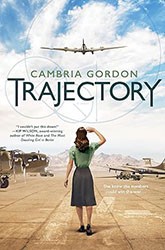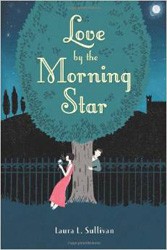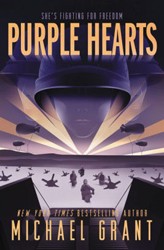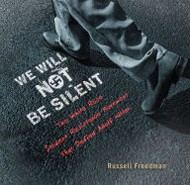It is the end of World War II in a French village. The Allies have already landed in the North. We later find out that the person who is telling the story is dead and is looking back at all that has happened.
The story’s young adults deal with romantic intrigue but also with family members who inform to the Nazis, resulting in the roundup of Jews. But being an informant is not confined just to adults. These young people spy on one another, as well; issues of trust are problematic.
Interspersed with the main plot are chapters about the activities of the German troops assigned to do mass killings of “Jews, Communists, and anyone else who disagrees with them.” The author shows how they try to justify what they are doing. One of the German soldiers, writes to his wife “that he is only obeying orders.” He tears up each letter knowing that he will never share what he has really done.
The story reaches a climax when one of the young adults decides to join the Resistance and blows up a train of German soldiers. The consequences to the residents of the town are graphic and horrible.
This is a powerful tale about non-Jews who face the invasion of their village by the Nazis. It shows how some residents allow the Jews among them to be sacrificed to the oncoming invaders. However, poor transitions in the initial chapters and insufficient background information keep the reader mystified as to how the two plots are connected. This may be intentional but can be disorienting. Recommended for ages 15 and up.





